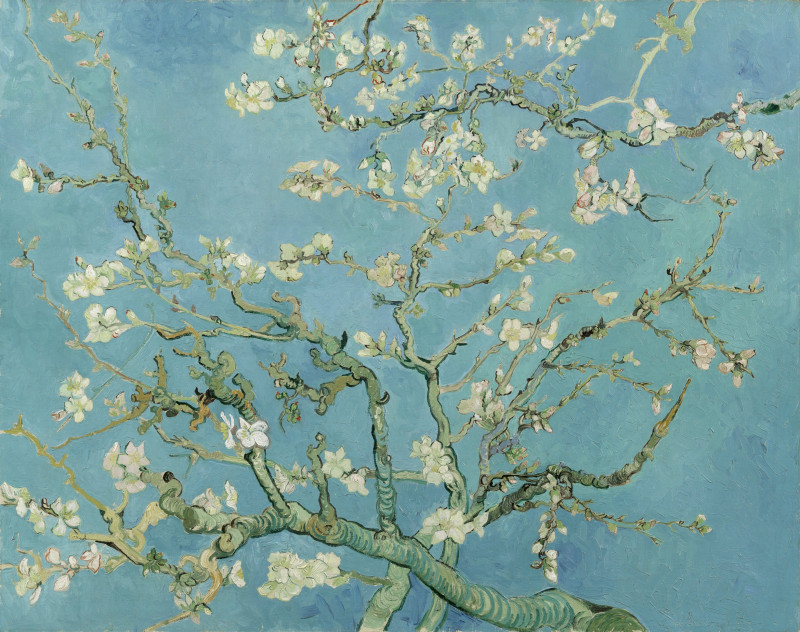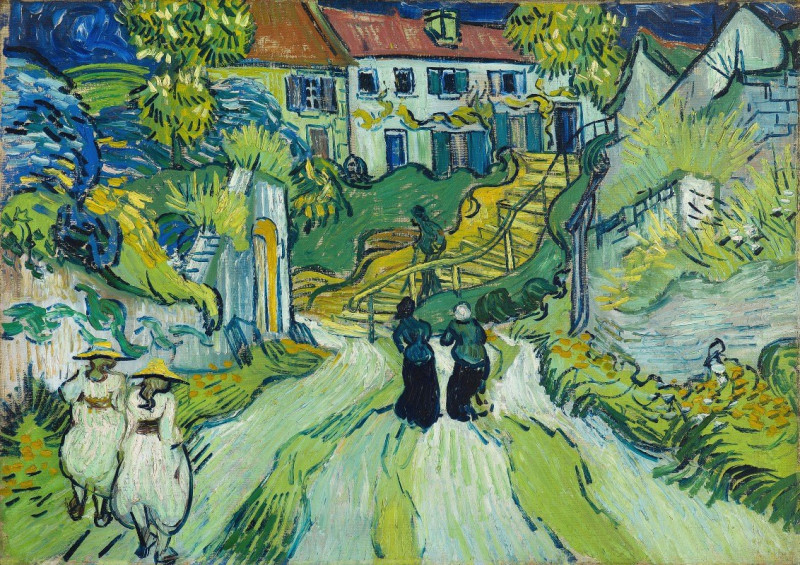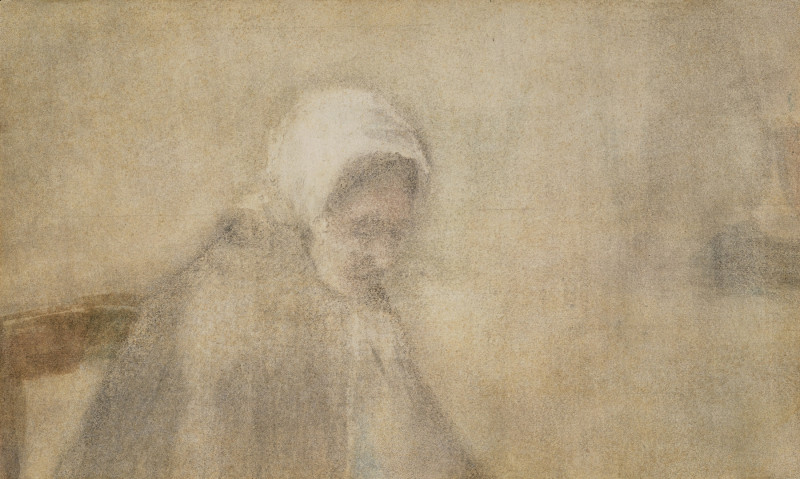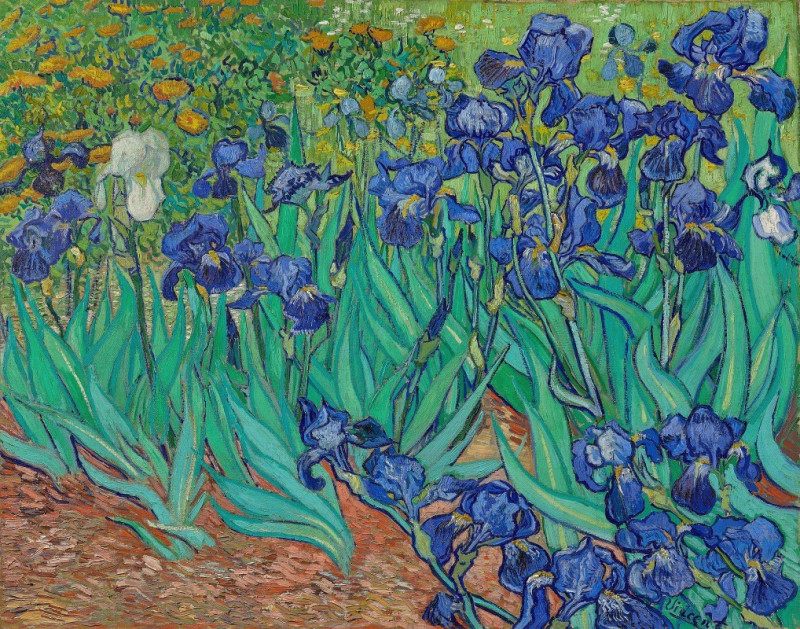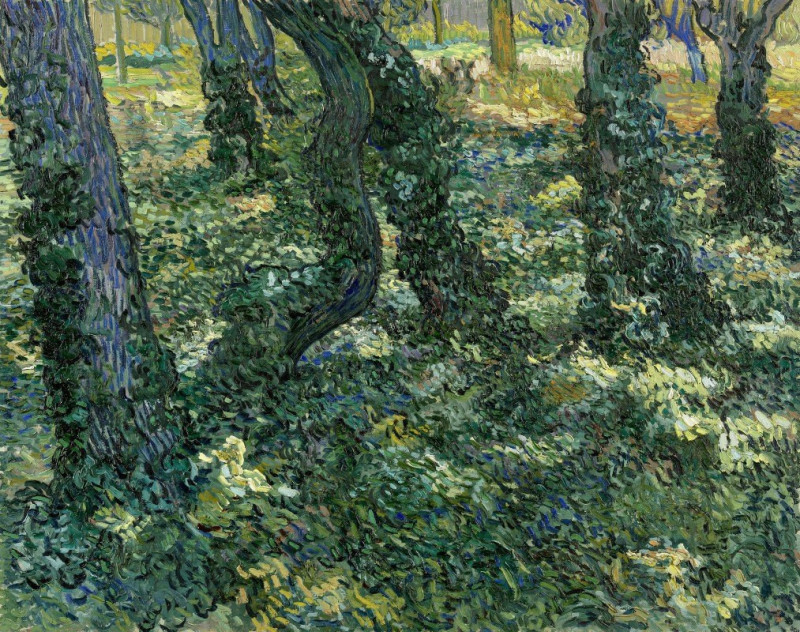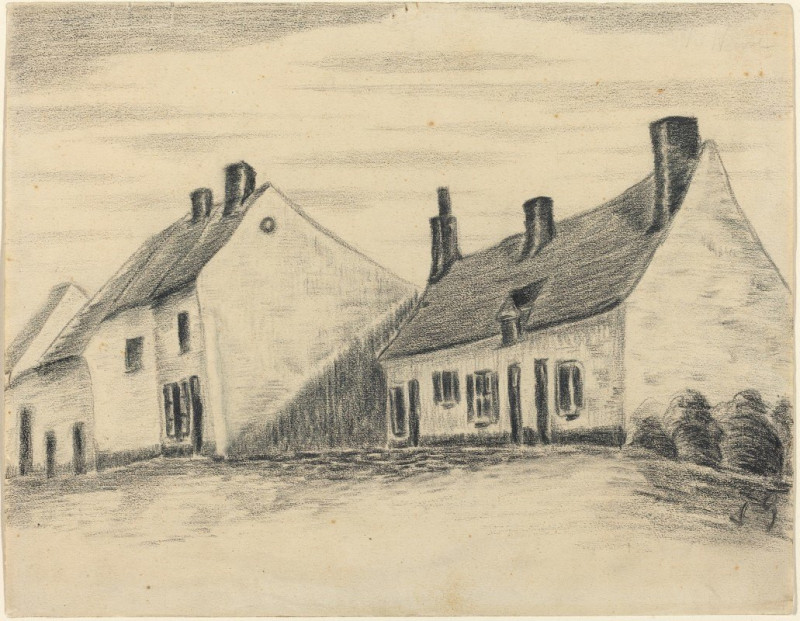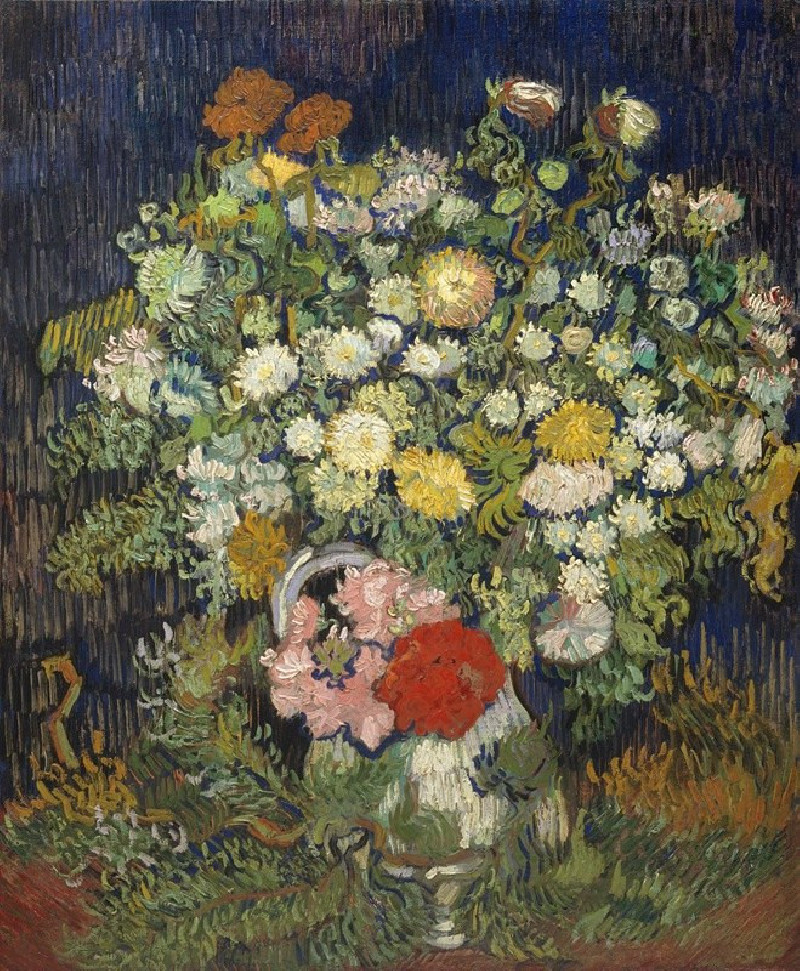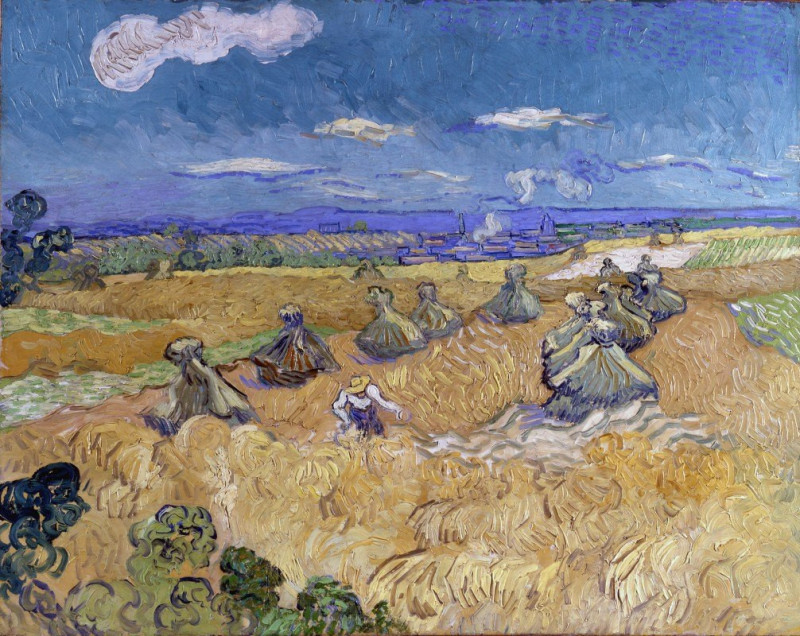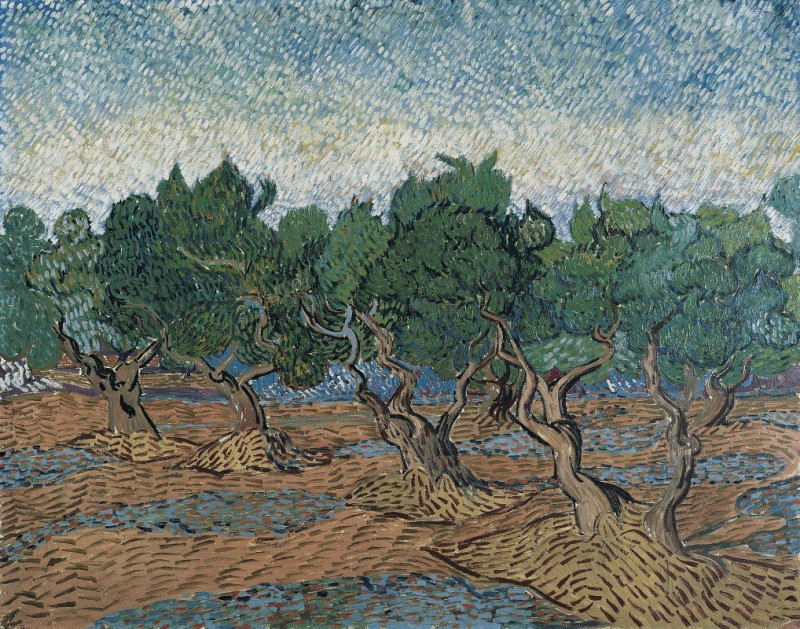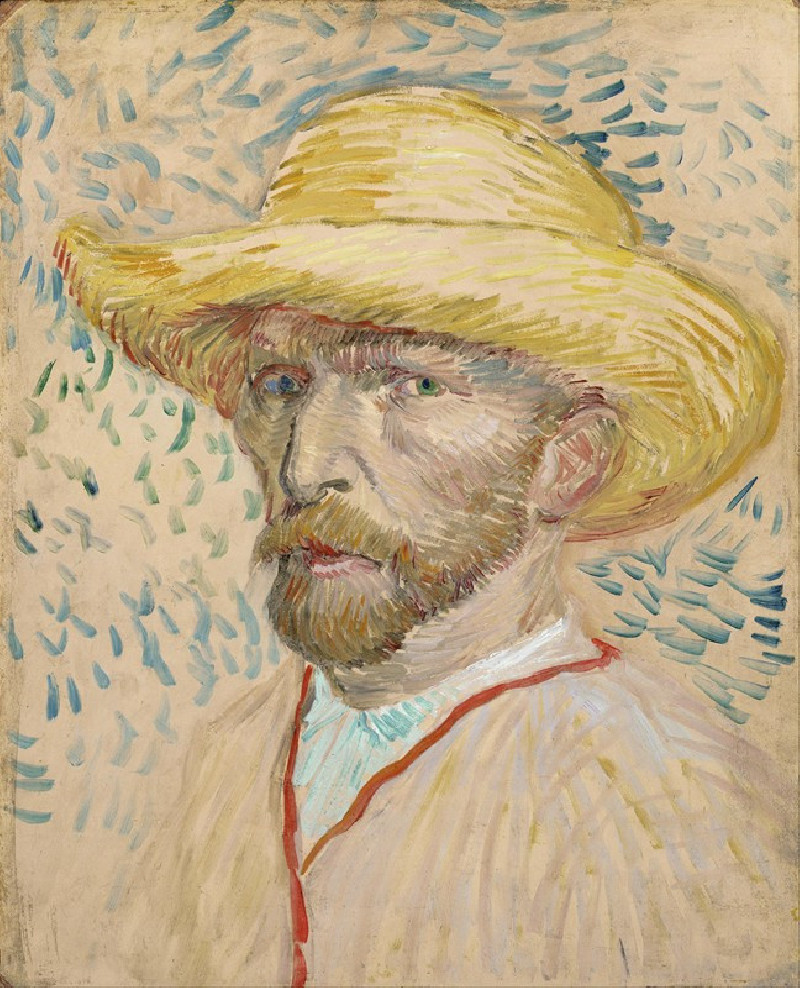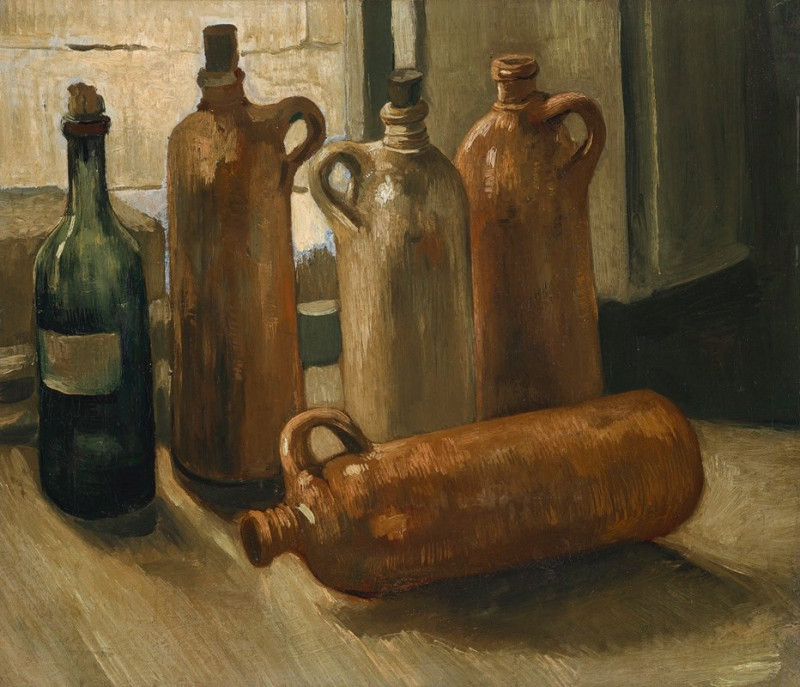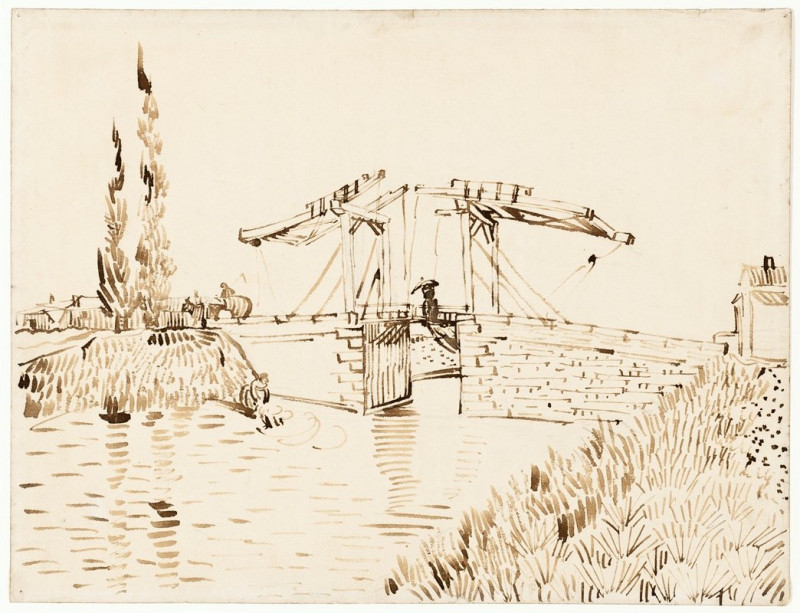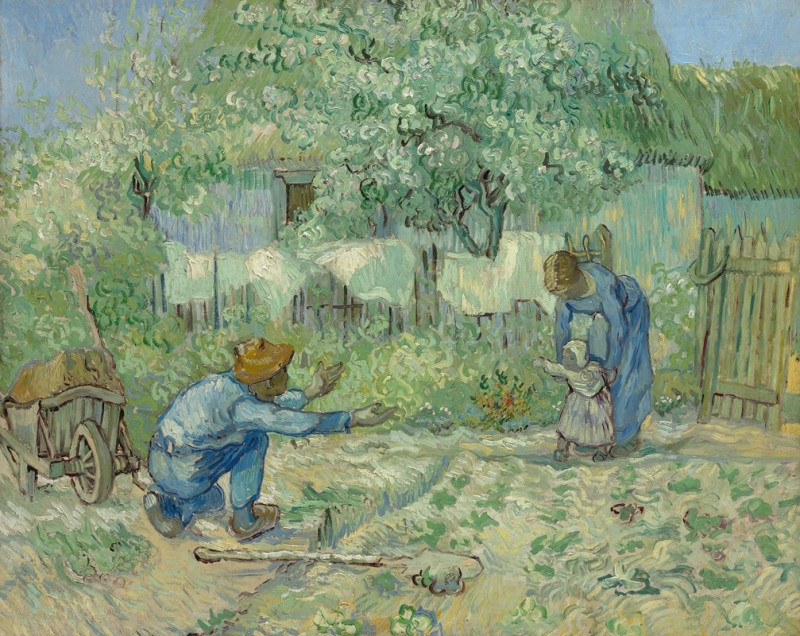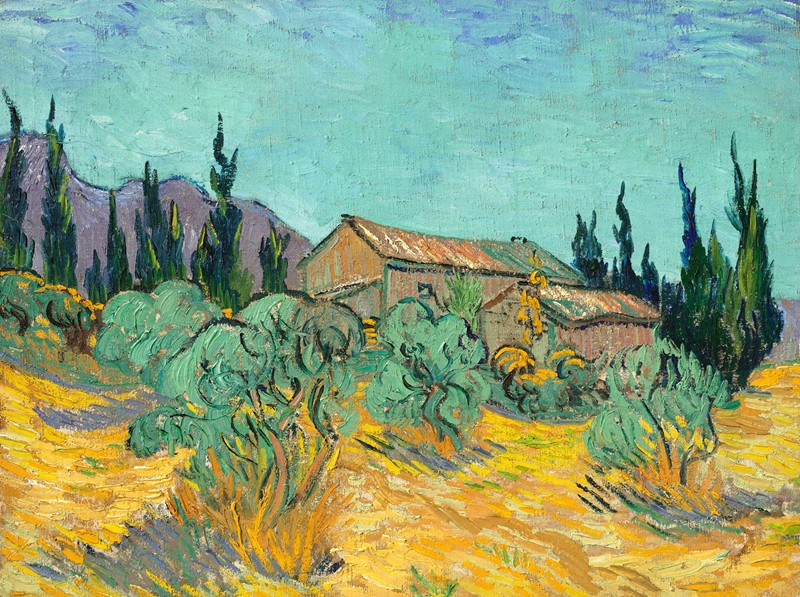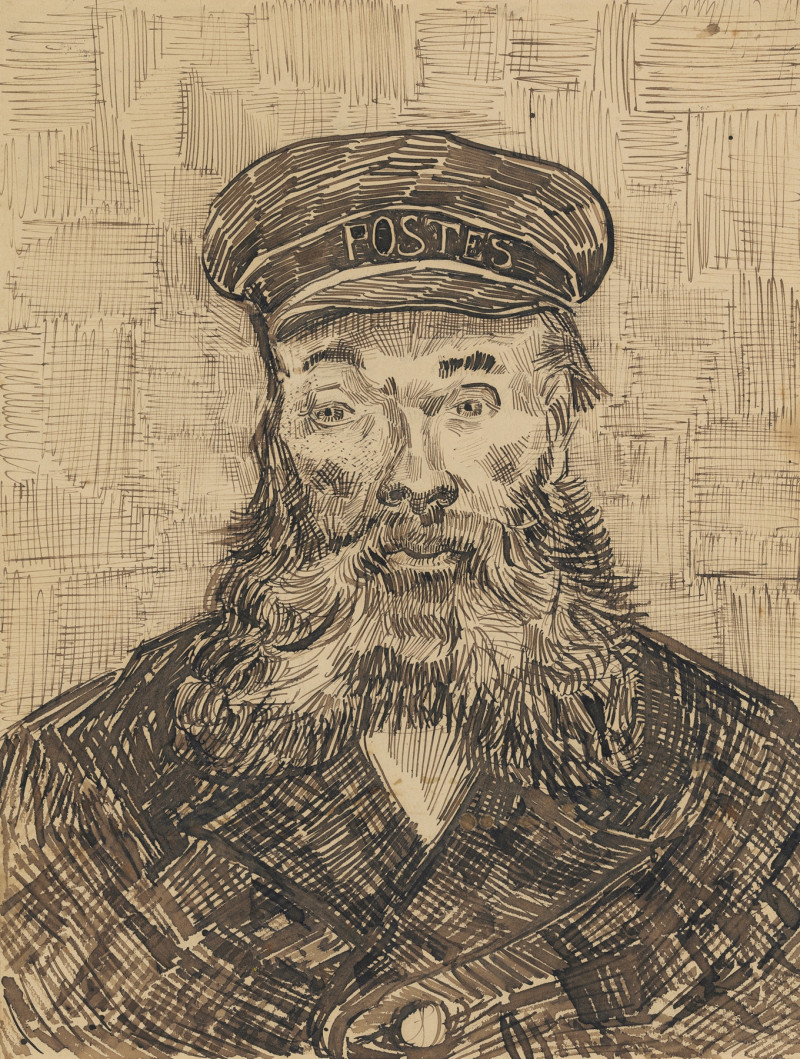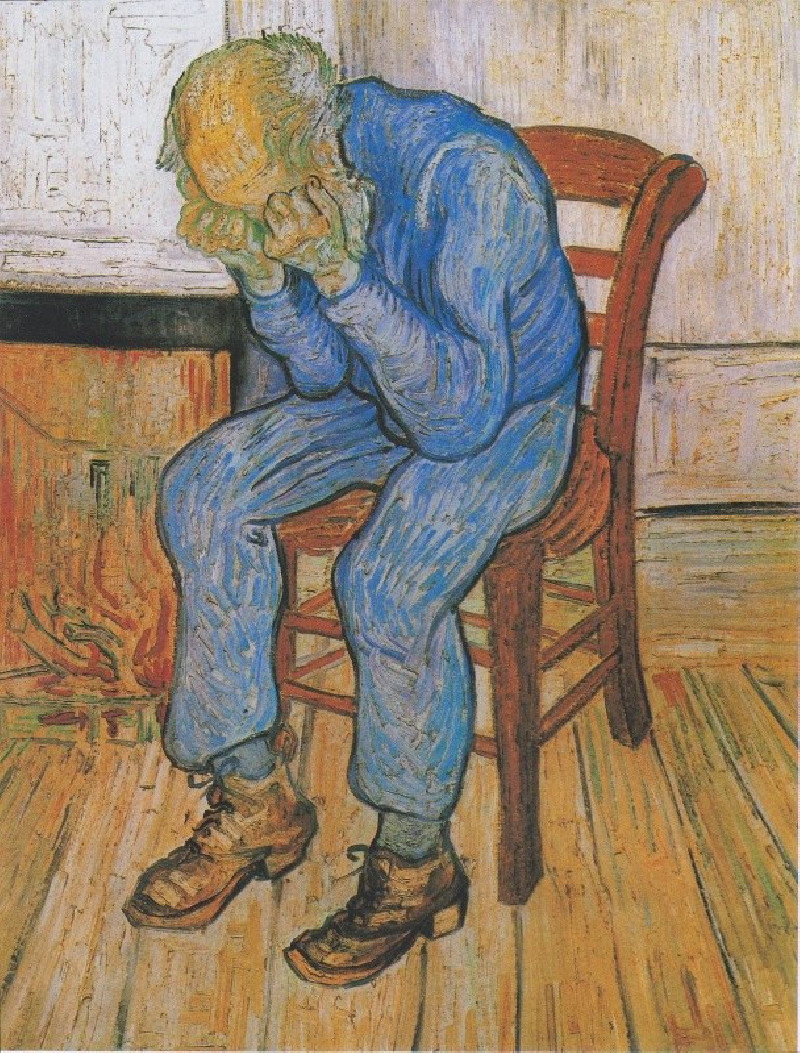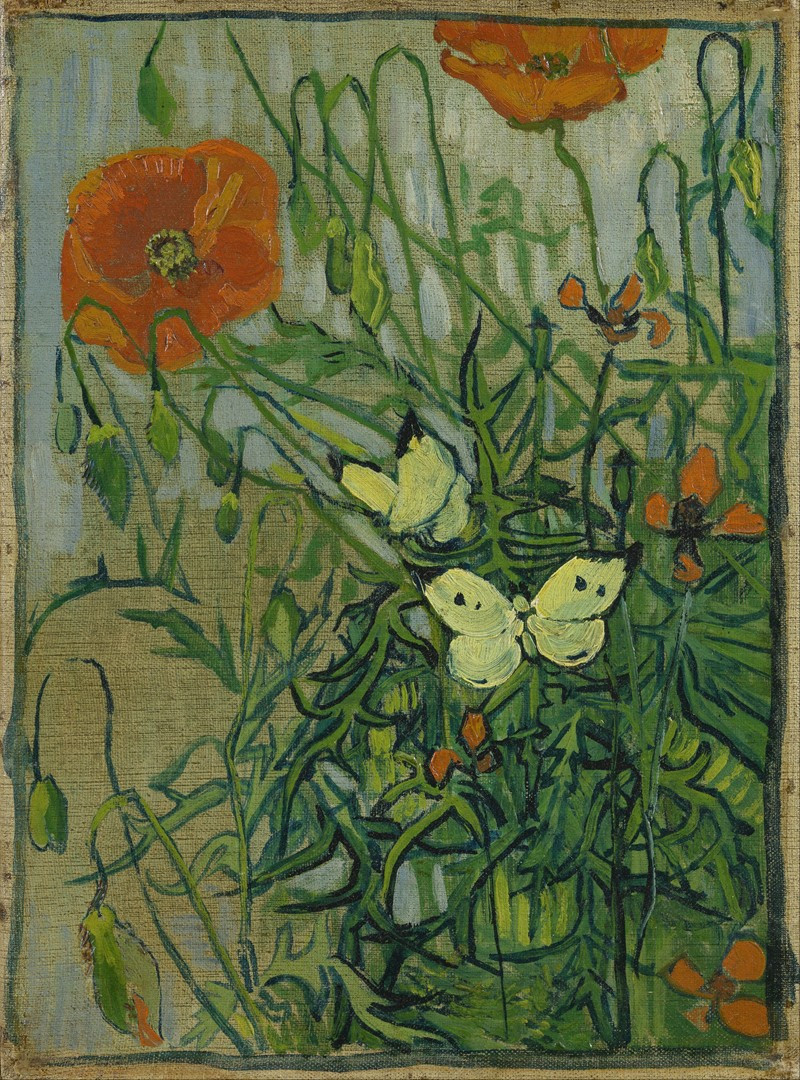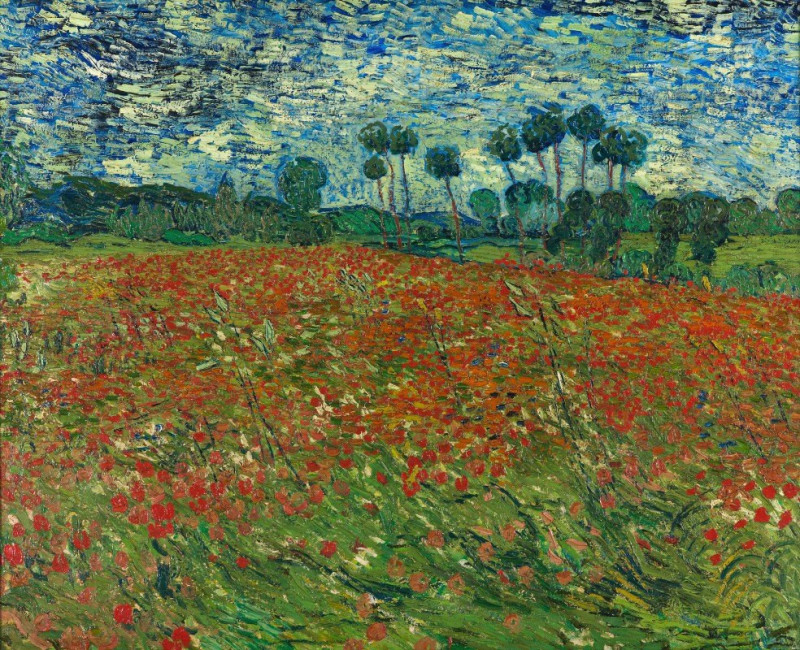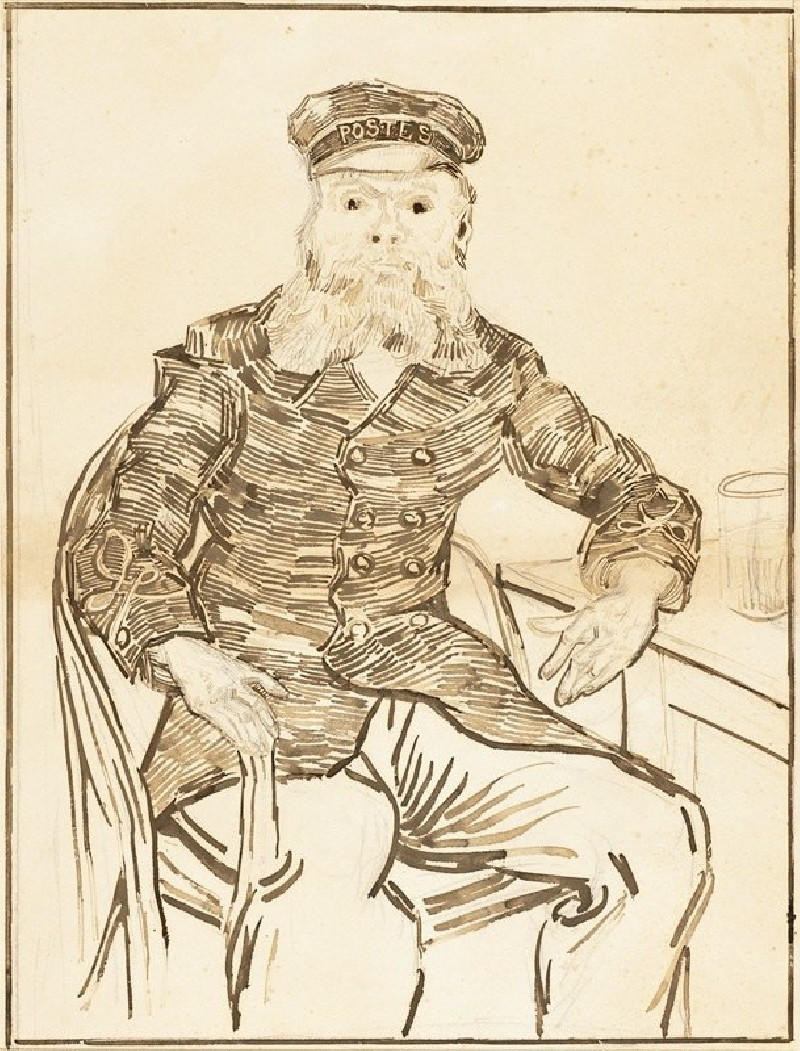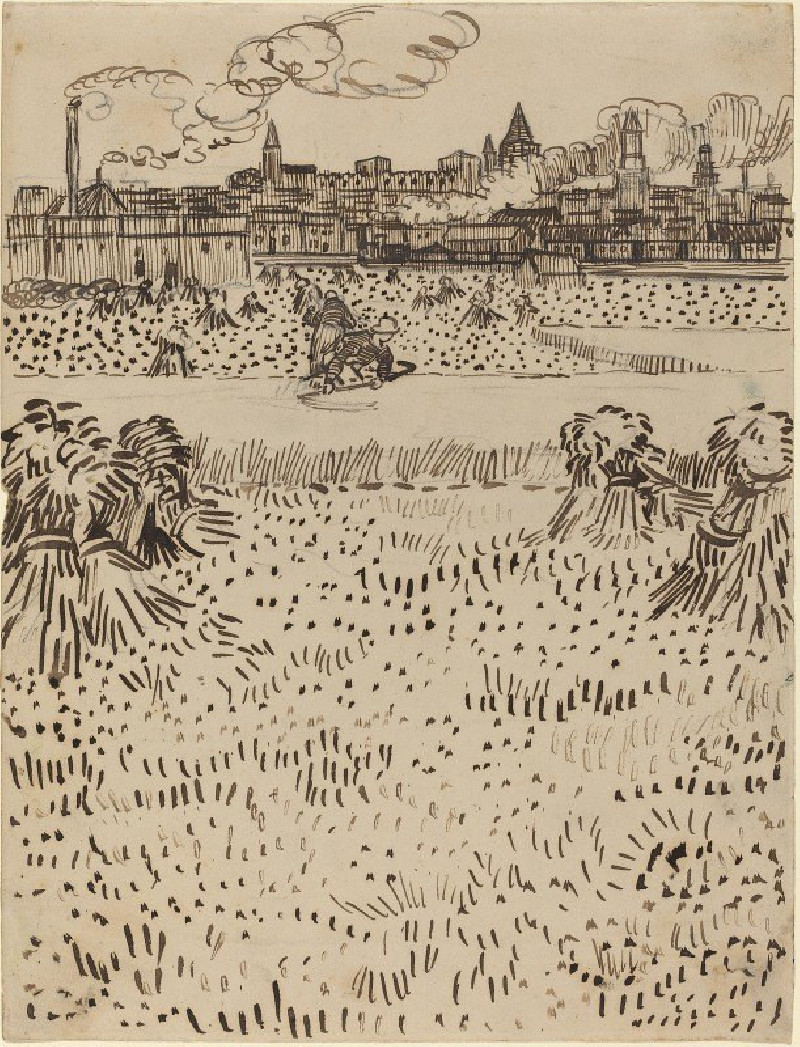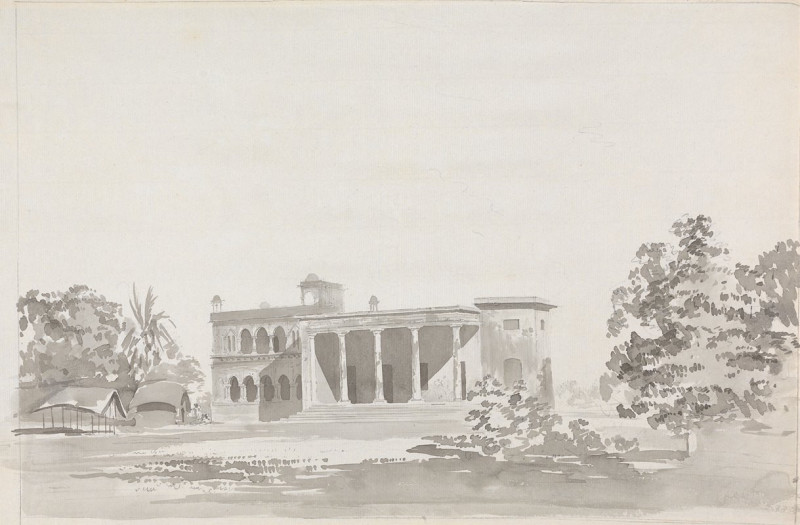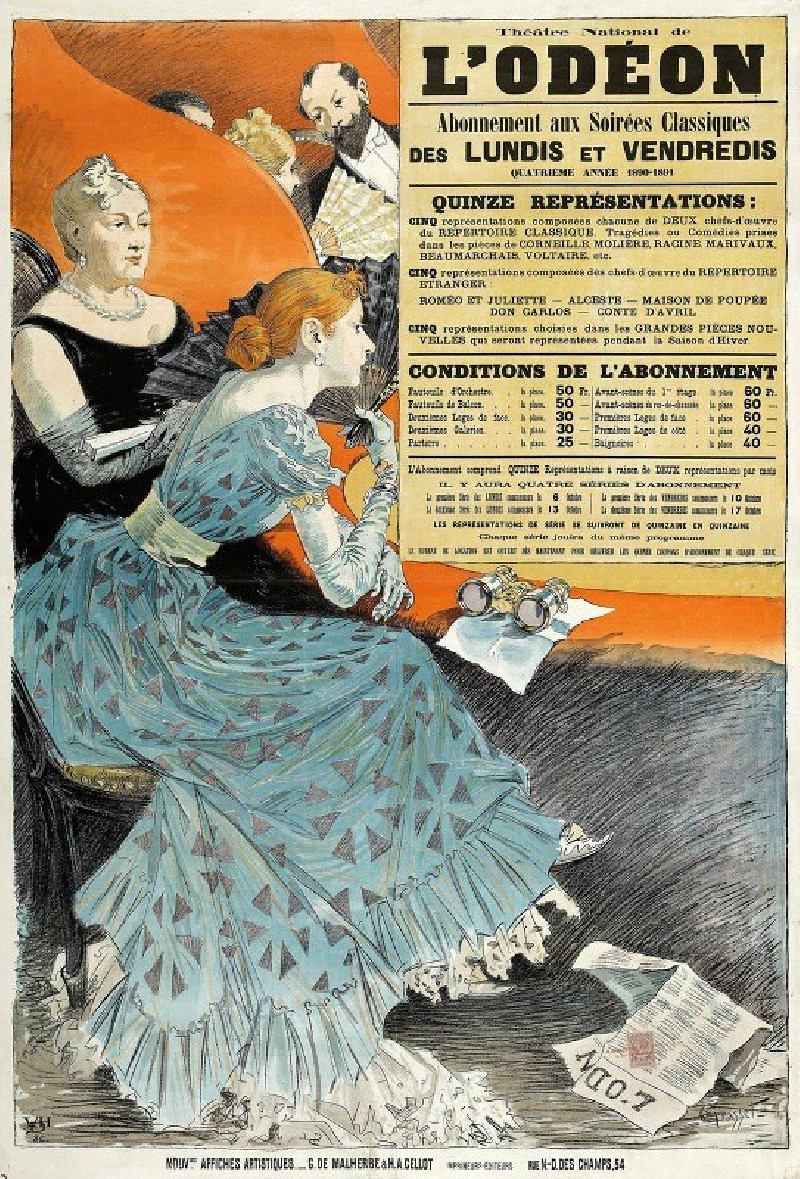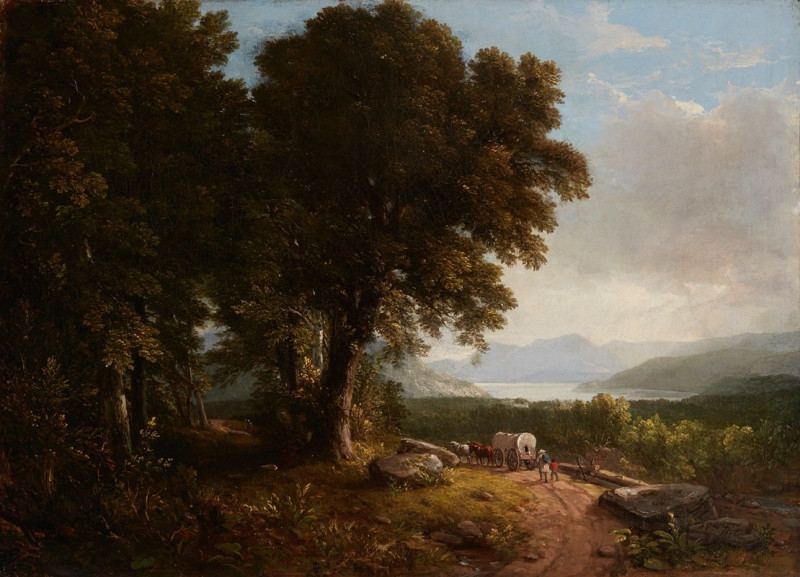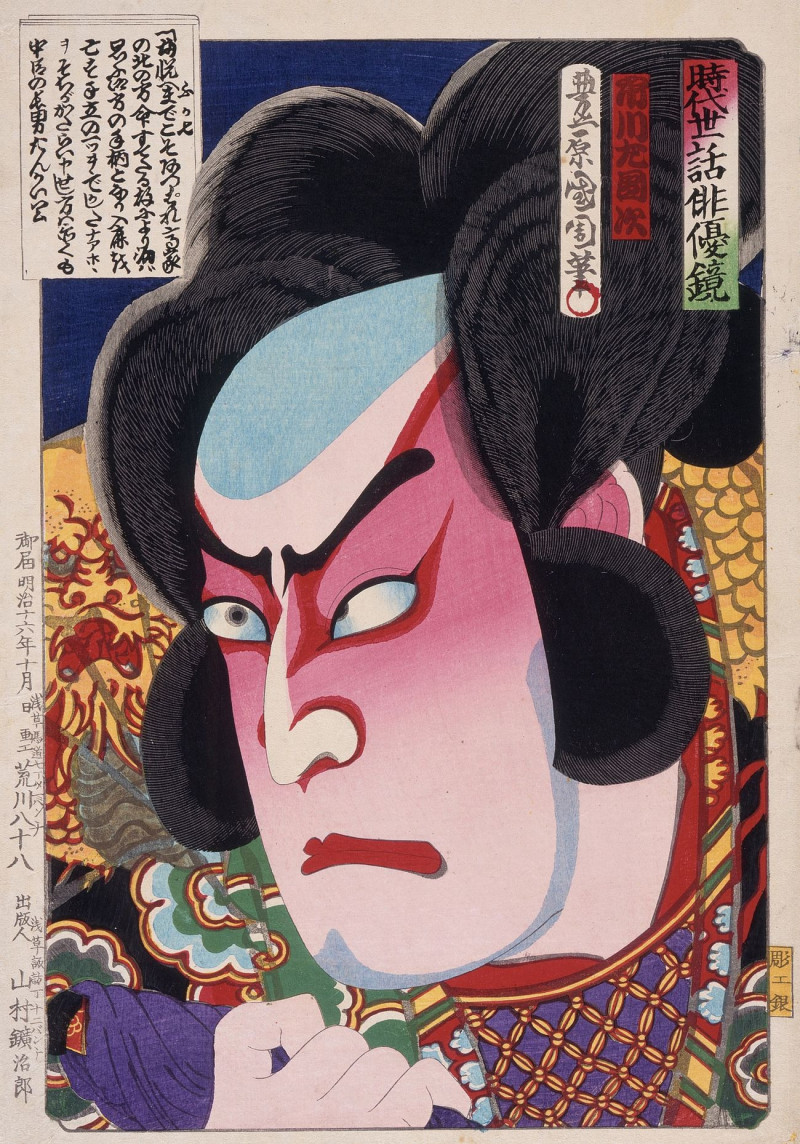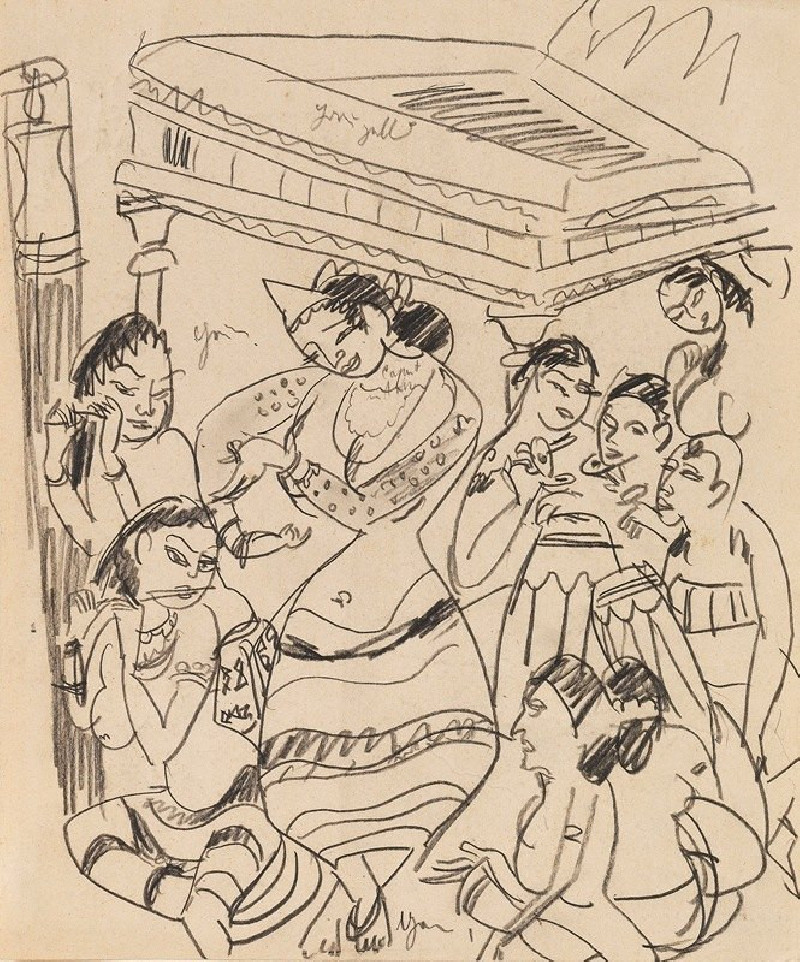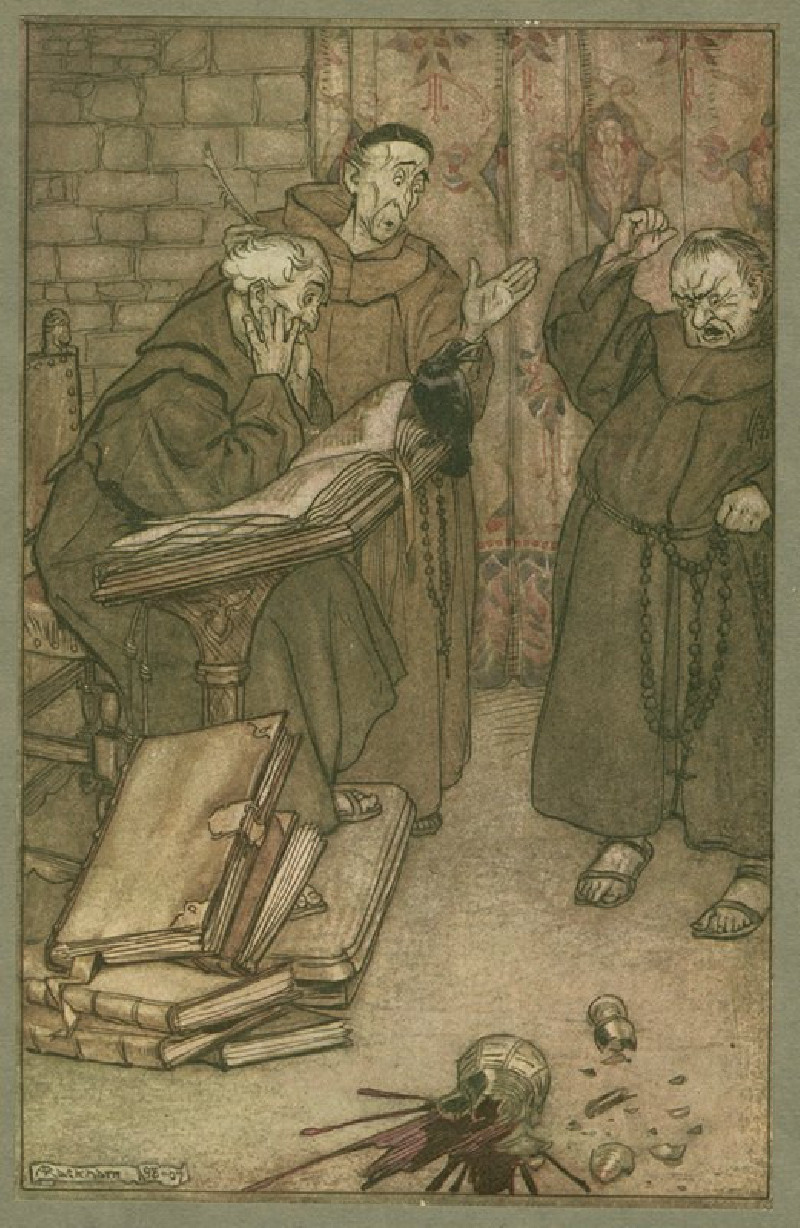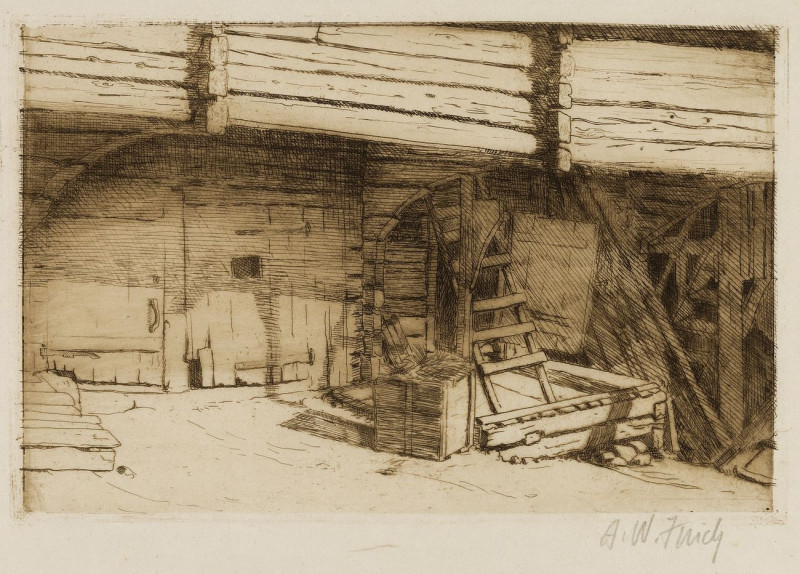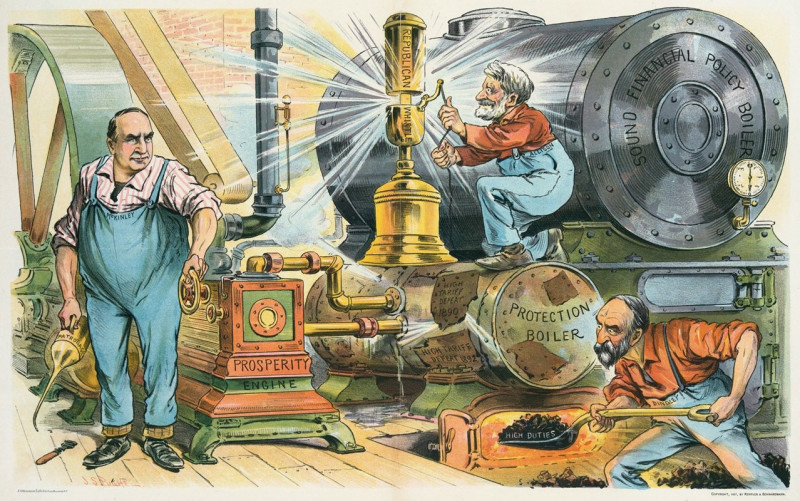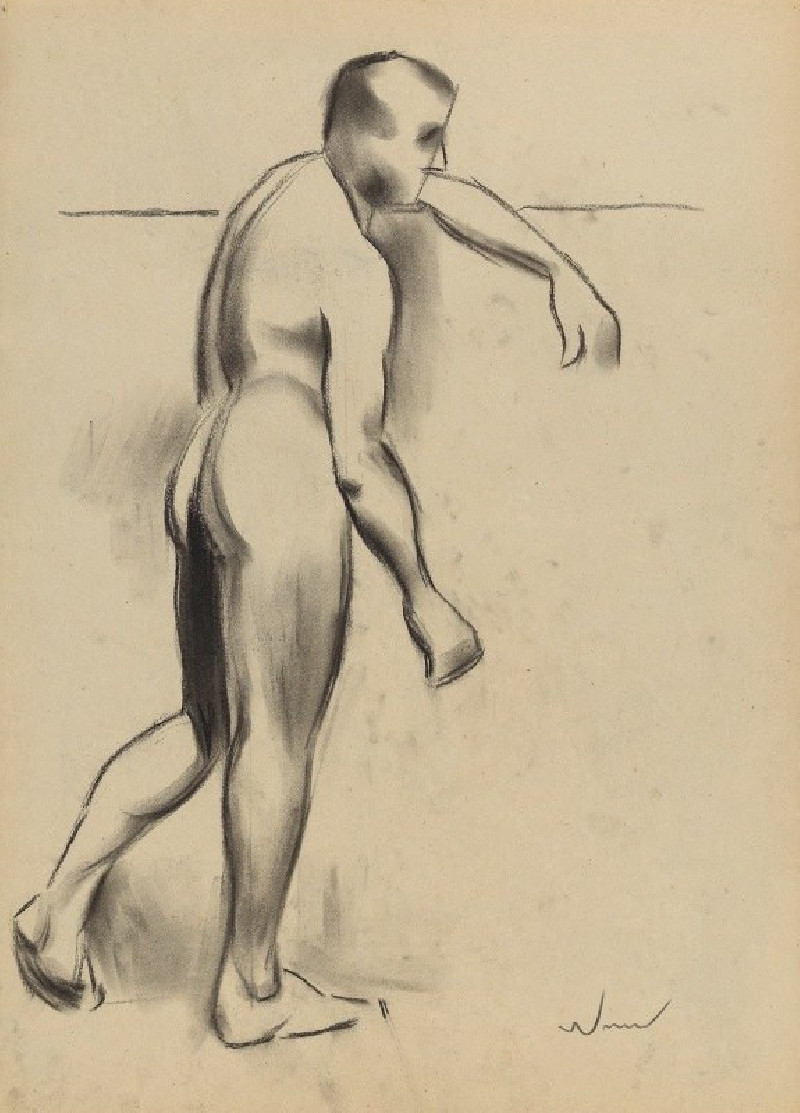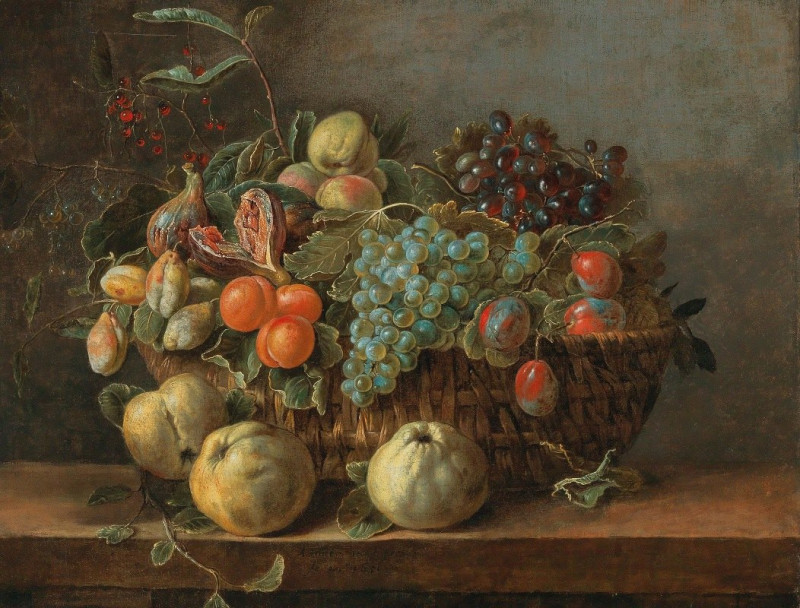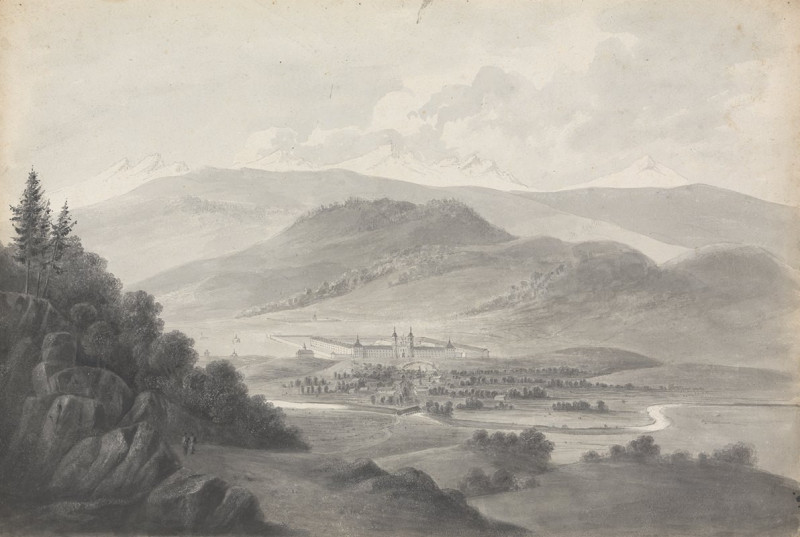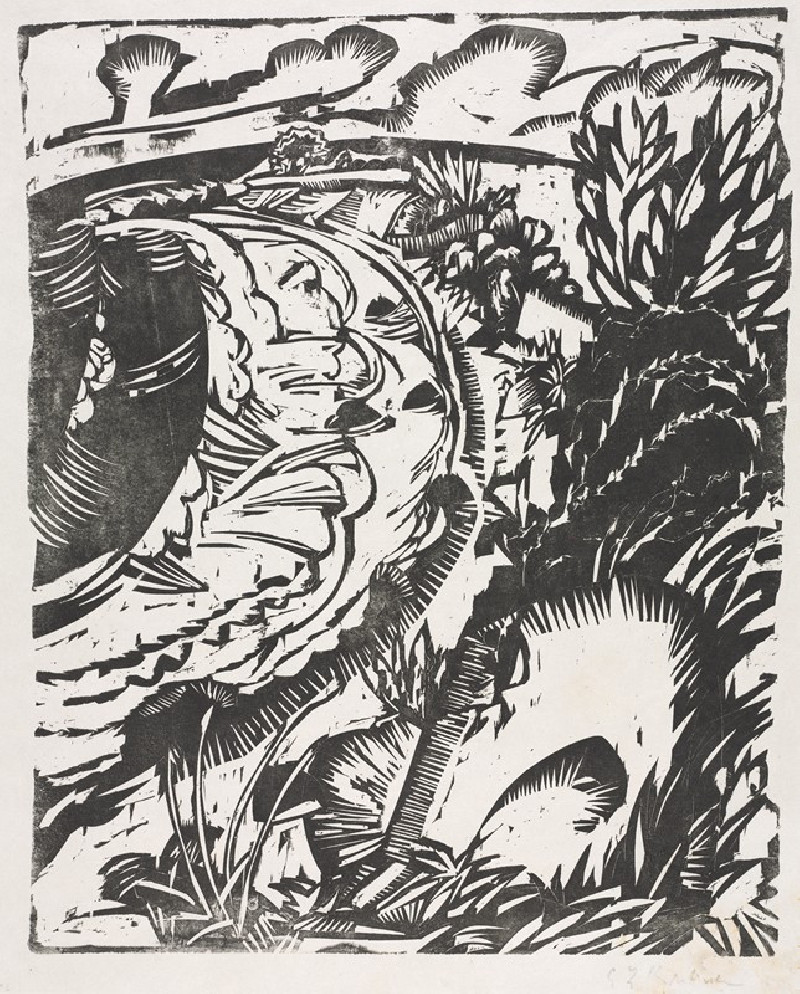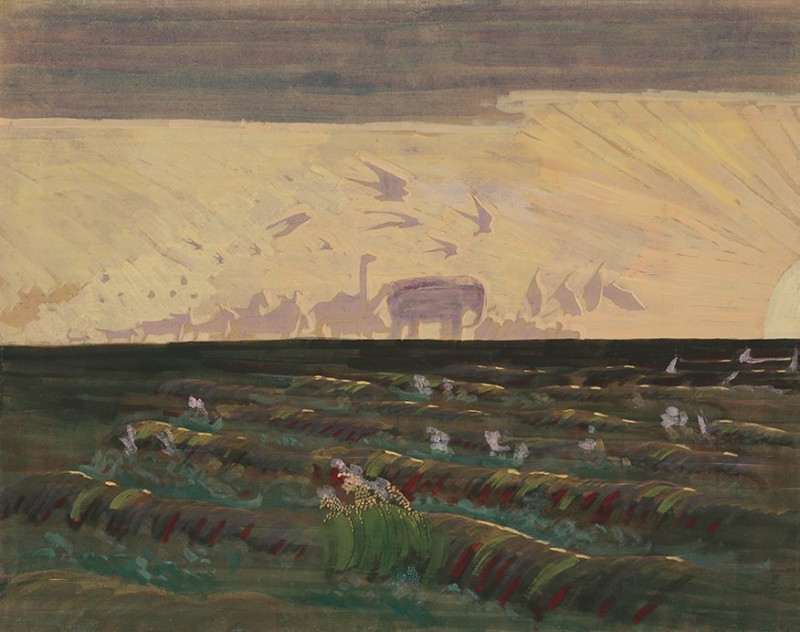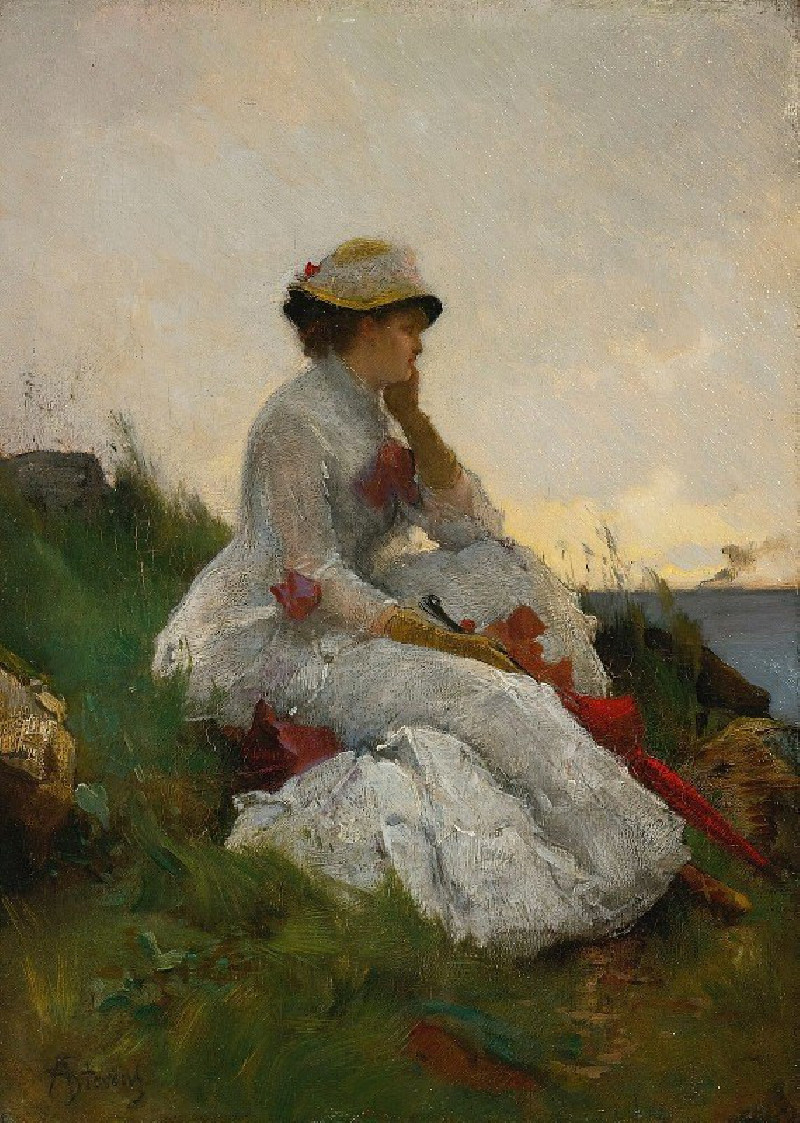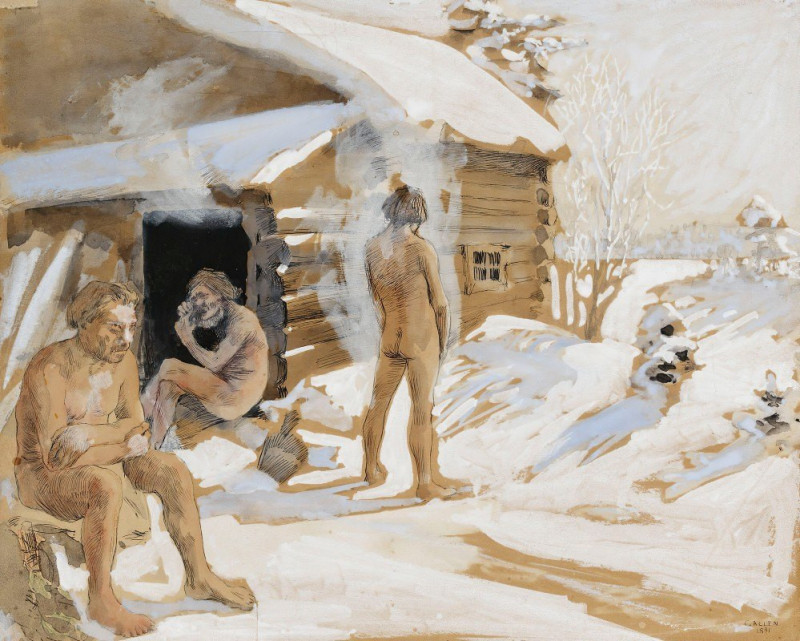Sheaves of Wheat (July 1890)
Technique: Giclée quality print
Recommended by our customers
More about this artwork
The painting "Sheaves of Wheat" by Vincent van Gogh, completed in July 1890, is a rich portrayal of the agricultural landscape typical of Van Gogh's later works. In this vibrant depiction, you see several large, rounded bundles of wheat, known as sheaves, which dominate the canvas. These sheaves are thick and golden, symbolizing the bounty of the harvest.Van Gogh employs bold, dynamic brushstrokes that capture the texture of the wheat and the movement inherent in the stalks bound together. The background of the painting features a flat landscape, with hints of green suggesting distant trees or bushes under a pale sky. This setting intensifies the focus on the foreground where the voluminous sheaves are intricately detailed with strokes of yellow, blue, and white, adding depth and dimension.The painting’s lively surface texture and swirling patterns of the sheaves illustrate Van Gogh's signature style, which invokes both a sense of motion and emotion, suggesting the artist’s deep connection with nature and his surroundings. The use of contrasting colors and the rhythmic repetition of forms amplify the visual impact, making the painting not just a representation of a scene but also a reflection of the artist’s inner state and turmoil during that period of his life, just before his death. "Sheaves of Wheat" stands as a poignant testament to Van Gogh’s intense yet fleeting engagement with the natural world.


